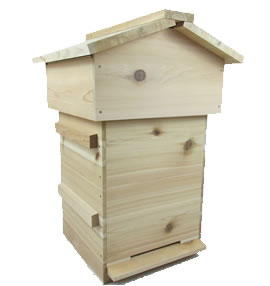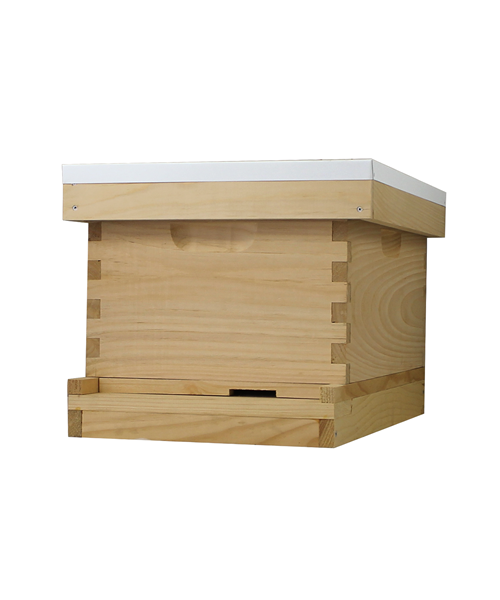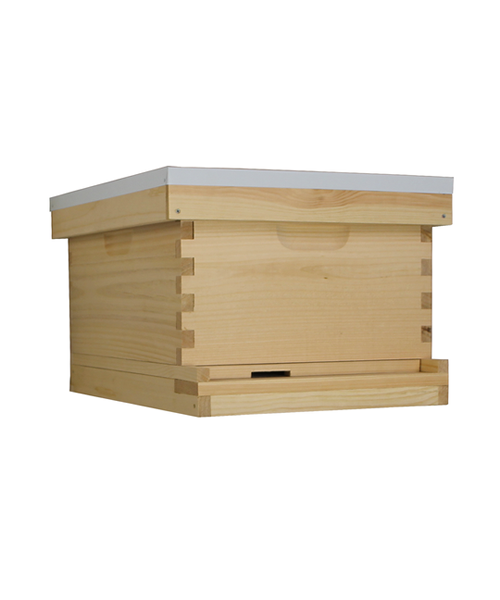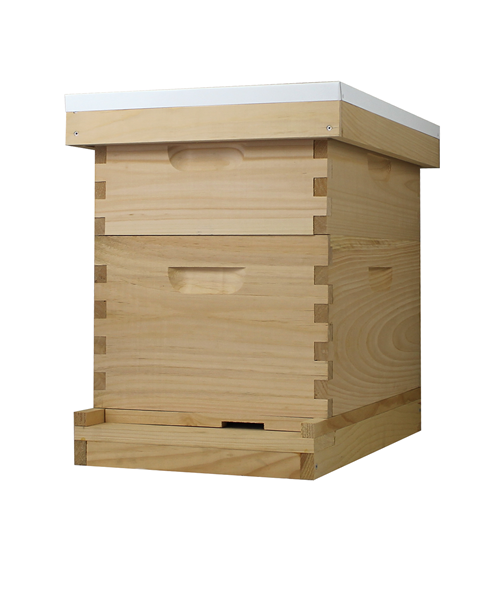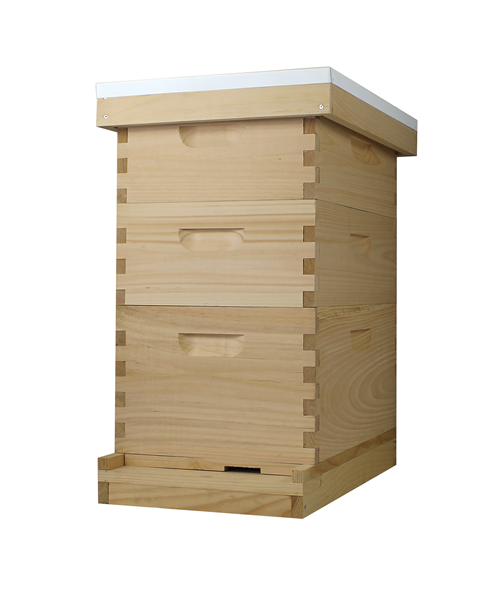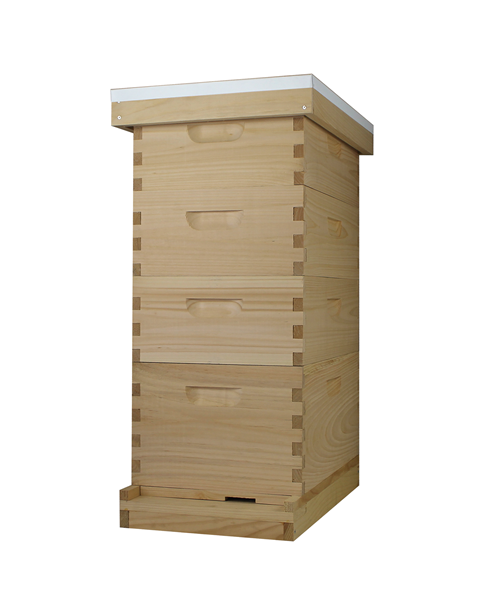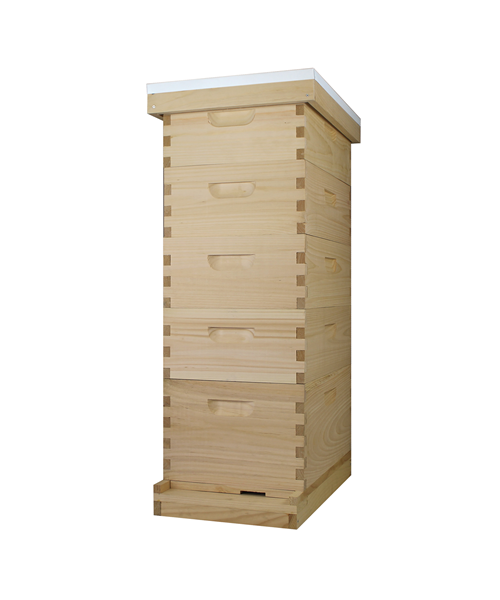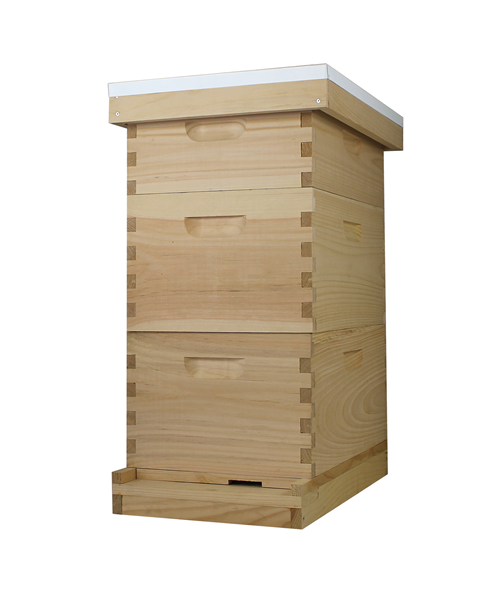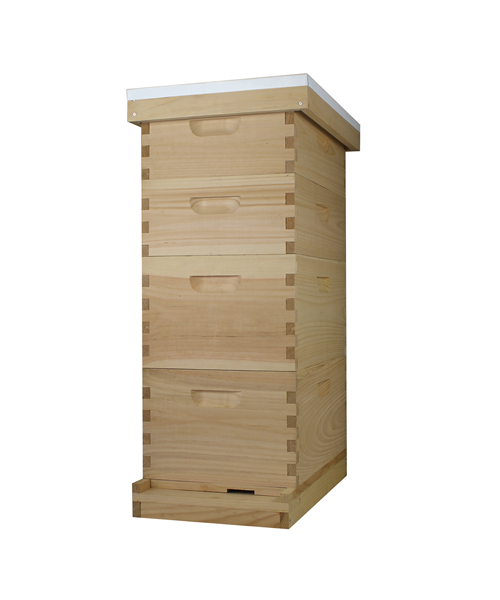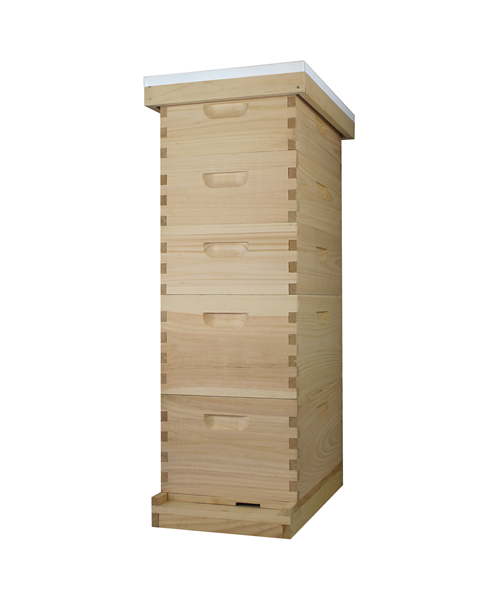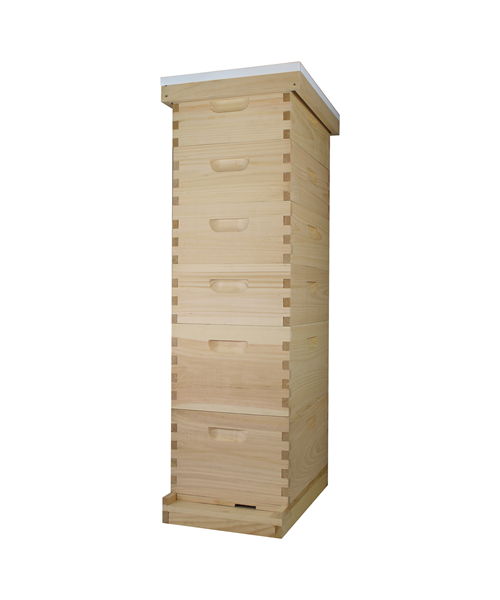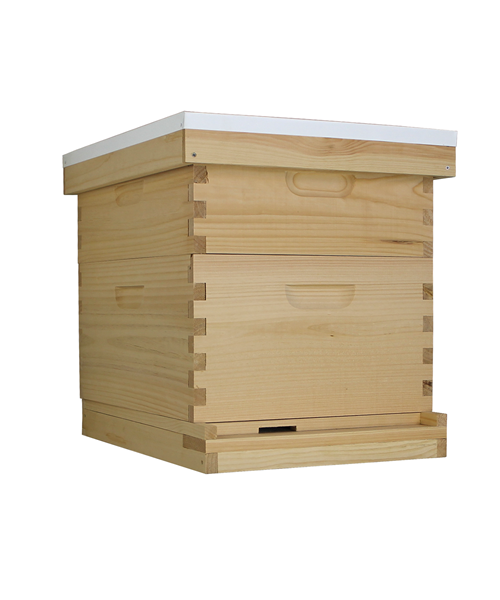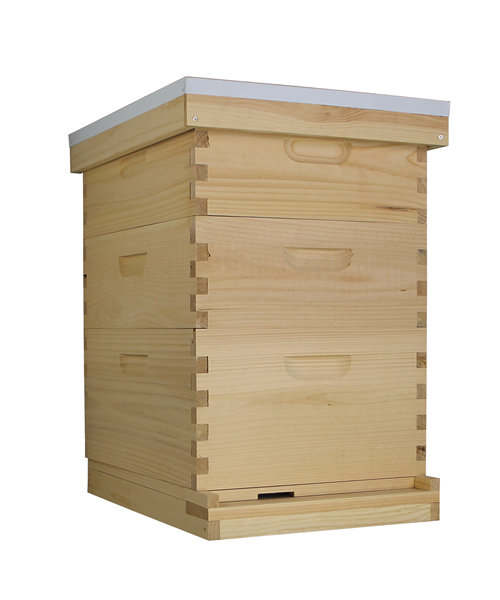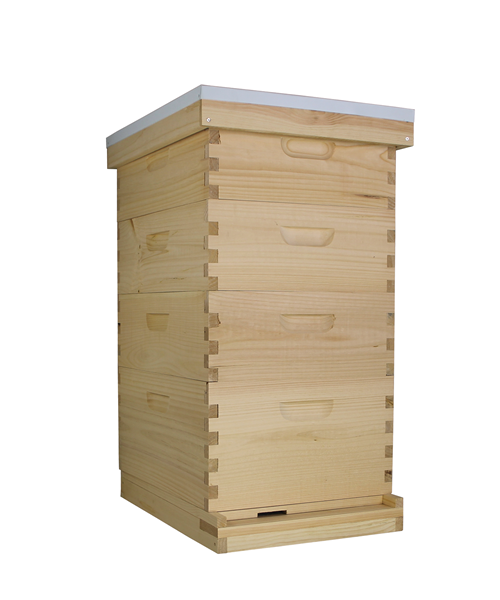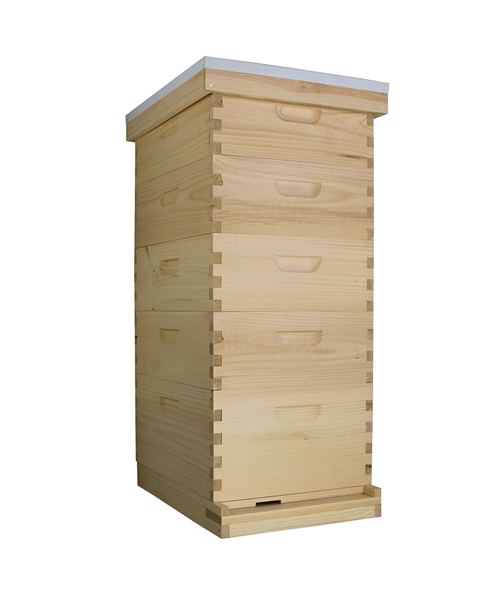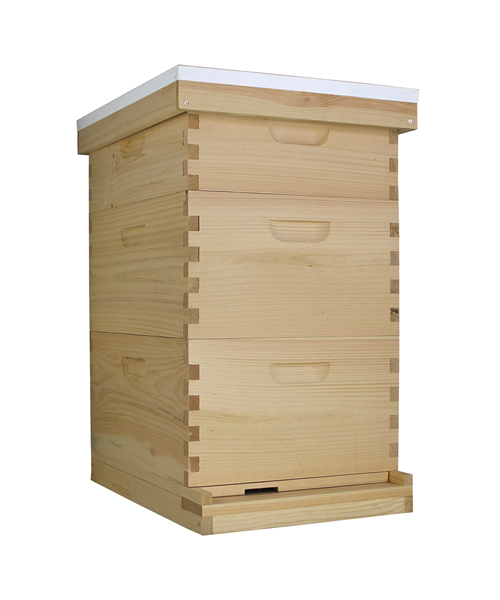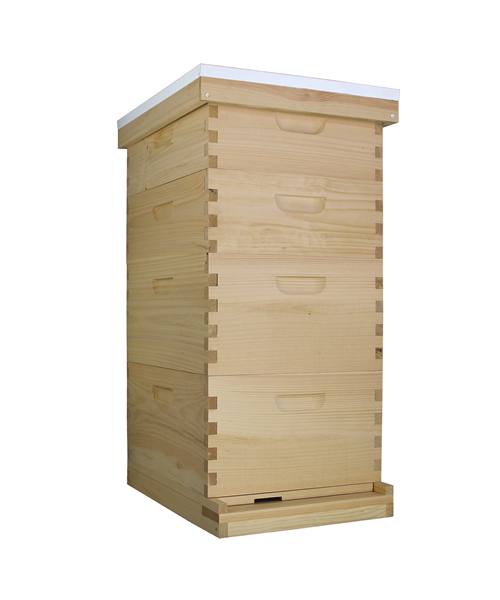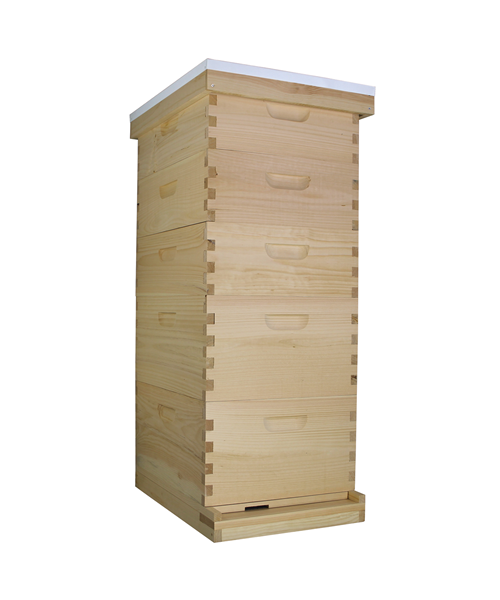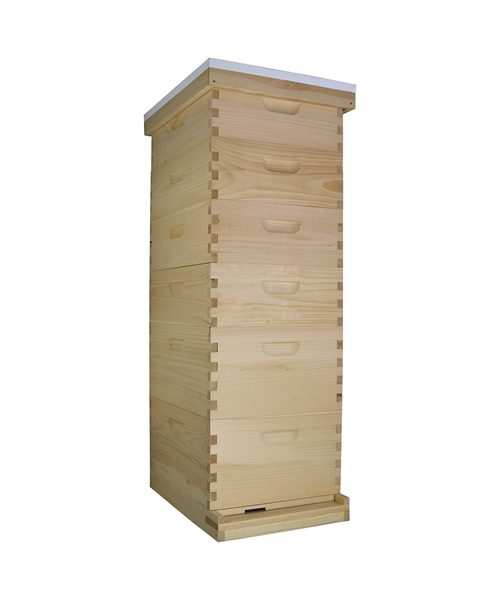Self Flow Beehive: Revolutionizing Beekeeping with Automated Honey Extraction
The self flow beehive represents a groundbreaking innovation in the field of beekeeping, offering a revolutionary approach to honey extraction. Designed with automated honey harvesting technology, self flow beehives eliminate the need for traditional honey extraction methods, making beekeeping more efficient, convenient, and less disruptive to bee colonies.
Automated Honey Extraction Process
The key feature of the self flow beehive is its automated honey extraction process. Equipped with built-in mechanisms such as flow frames and drainage tubes, self flow beehives allow beekeepers to harvest honey directly from the hive without opening the hive or disturbing the bees. This automated process minimizes stress on the bees and reduces the risk of colony disruption, resulting in healthier and more productive bee colonies.
Efficiency and Convenience
Self flow beehives offer unparalleled efficiency and convenience for beekeepers. With automated honey extraction, beekeepers can harvest honey more frequently and with less effort compared to traditional methods. The self flow system allows for continuous honey extraction throughout the season, maximizing honey production and minimizing labor-intensive tasks associated with manual honey extraction.
Benefits for Bee Colonies
The self flow beehive provides numerous benefits for bee colonies. By minimizing disturbance during honey harvesting, self flow beehives help maintain colony health and stability. Bees are less stressed and more focused on honey production and brood rearing, leading to stronger and more resilient colonies. Additionally, the reduced risk of hive manipulation lowers the likelihood of queen disturbance and swarming.
Environmental Considerations
Self flow beehives have positive environmental implications as well. By minimizing the need for manual honey extraction equipment such as centrifugal extractors and uncapping knives, self flow beehives reduce energy consumption and resource usage associated with traditional honey harvesting methods. This eco-friendly approach to beekeeping aligns with sustainable practices and contributes to environmental conservation efforts.
Conclusion
The self flow beehive represents a game-changer in the world of beekeeping, offering a modern and innovative solution to honey extraction. By automating the honey harvesting process, self flow beehives improve efficiency, convenience, and bee colony health while minimizing environmental impact. As beekeepers embrace this technology, self flow beehives have the potential to revolutionize the beekeeping industry and promote sustainable beekeeping practices worldwide.


